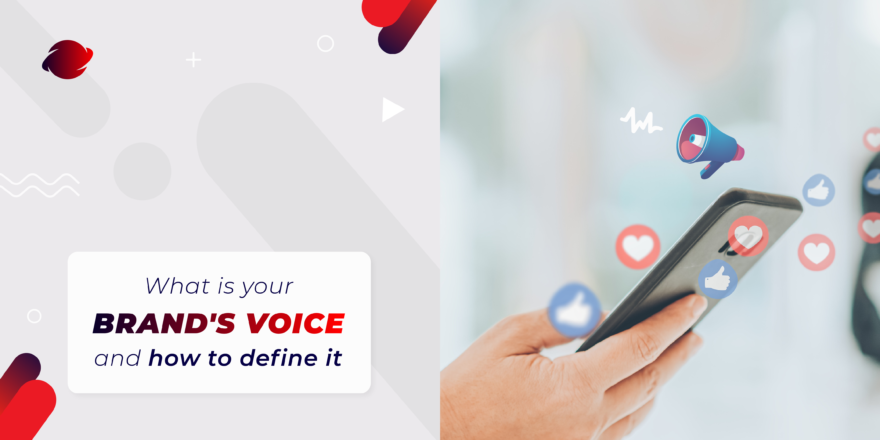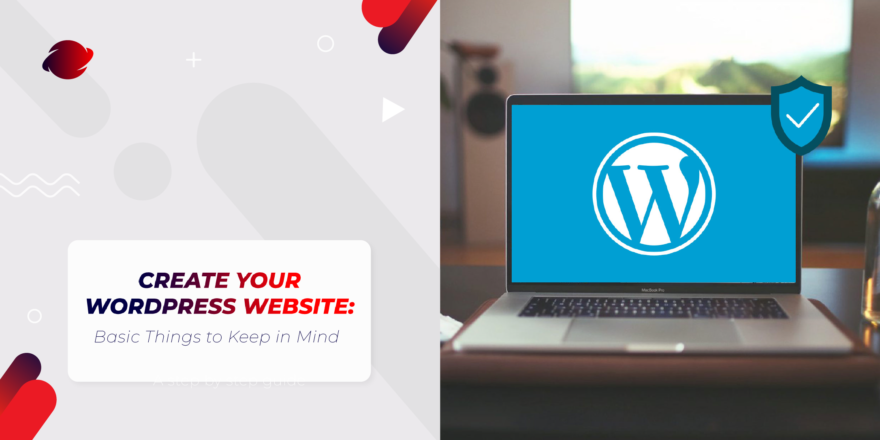When entering the marketing world, people tend to be surprised to hear that one of the essential stages they have to do with their brands is to create a personality and an identity. Usually, the first reaction is ‘Wait, a brand has a personality?
Well, that’s precisely the point: We don’t want brands to be just that. We want our customers and potential clients to be attracted to them by a certain feeling, to create a bond with them just as they would with a person.
So, brands need to have a specific personality to be more approachable to the kind of potential client they want to address their message to. Let’s see this in a more detailed way.
First things first: What does a brand’s personality mean?

If we look at the definition of “personality,” we’ll see that the meaning refers to all the characteristics we possess in our characters and how others perceive them. People that have something in common with those characteristics may get along with us and maybe even become our friends.
With brands, it happens the same way.
A brand personality is the human component of the brand. It’s how your potential clients connect with it, allowing them to remember who the brand’s company is and form a positive relationship with it. The most memorable people are generally those whose personalities stand out; brands are not indifferent to this rule.
In other words, a brand’s personality impacts how people perceive, interact with, and are attracted to a business.
Brand´s identity vs personality
These two different concepts are often used interchangeably, but they are slightly different.
| Brand´s Identity | Brand´s Personality |
| ● The overall message of a brand. ● The visual manifestation of the brand’s personality. (Colors, logo, illustrations/designs, the tone of voice, the slogan). | ● The emotional ways through which that message is transmitted. ● The human characteristic that represents a brand. (a happy and friendly brand, a professional brand, a severe and elegant brand). |
Both are built upon the characteristics representing the target and ideal clients the company wants to address.
Why should you create one for your business?
Creating a brand’s personality and identity is an essential stage of branding because, as said above, it is the best way of humanizing a brand to make it more accessible to its customers.
An accurate definition of our brand’s personality is fundamental to help us resonate with the kind of clients we believe will use our products and services the most.
In addition, this personality will be a crucial factor in building the logo and design of the brand, as well as the marketing campaigns and advertising the company will have.
What should you have in mind to create them?

Before beginning to define the personality of your brand, you must have the answers to these questions in mind:
● Who are the customers you would like to have?
● What are their characteristics, and what kind of people do they tend to hang out with?
● What characteristics should your brand have to get on well with those customers?
● What features would inspire a positive emotional response from your targeted customers?
● How would your brand be, look like, act, and talk if it were a human being?
Once you have considered these questions, you may proceed to craft your brand’s personality.
Step one: Define your target audience.
As we said before, one of the priorities of a company is to meet its customer’s preferences and solve their needs. That’s why it is vital to research and gather quantitative customer data that may reveal insights into our potential clients. This can inspire us to build our brand’s personality by having this information in mind and using it in our business favor.
Once you have the research done, match it with the answers to the question above to define what kind of person your brand should be to empathize and get on well with them.
Step two: Consider the competition.
Now that you have defined your target audience, you should do another research, analyzing your competitor. For this, take in consideration:
● What are their personalities and identities?
● How do they address their target audience?
● What kind of behavior and attitudes do they have?
Once you have gathered all this information, you should think about what you could do to stand up next to them. What sort of different path could you take to be different and unique?
Step three: Make a list of adjectives.

After defining your targeted audience and considering your competitors, you should now focus on your brand. For this, grab a piece of paper and brainstorm all possible adjectives and concepts that could define what you want to express.
Just remember to keep your potential clients in mind: What would they expect from you, and what kind of things would they like? The adjectives that define you, should appeal more to them than to you.
For example:
● If you are targeting young people, maybe your defining adjectives should be: fresh – new – vibrant – funny – energetic – positive.
● If you are targeting people who like to spend time in outdoor activities, the words could be: adventures – green – energy – sporty – practical.
Step four: Be consistent
And this one is, maybe, the most important one because it gathers all the previous steps and allows your business to look more professional and trustworthy in your customers’ eyes.
This is because, like with people, we get confused and tend to walk away from those that treat us and talk friendly and pleasant one day but rude and naughty the next. We certainly won’t trust those kinds of people very much, not to mention a brand and its services.
That is why, once you have defined what kind of attitude you want your brand to show, that will make it unique and attractive to your potential clients. Commit to it.
Now, go on!

You have already read about a brand’s personality, its importance for a company, and how to define it. Now, you are ready to keep moving and continue with the following steps of your marketing strategy.





